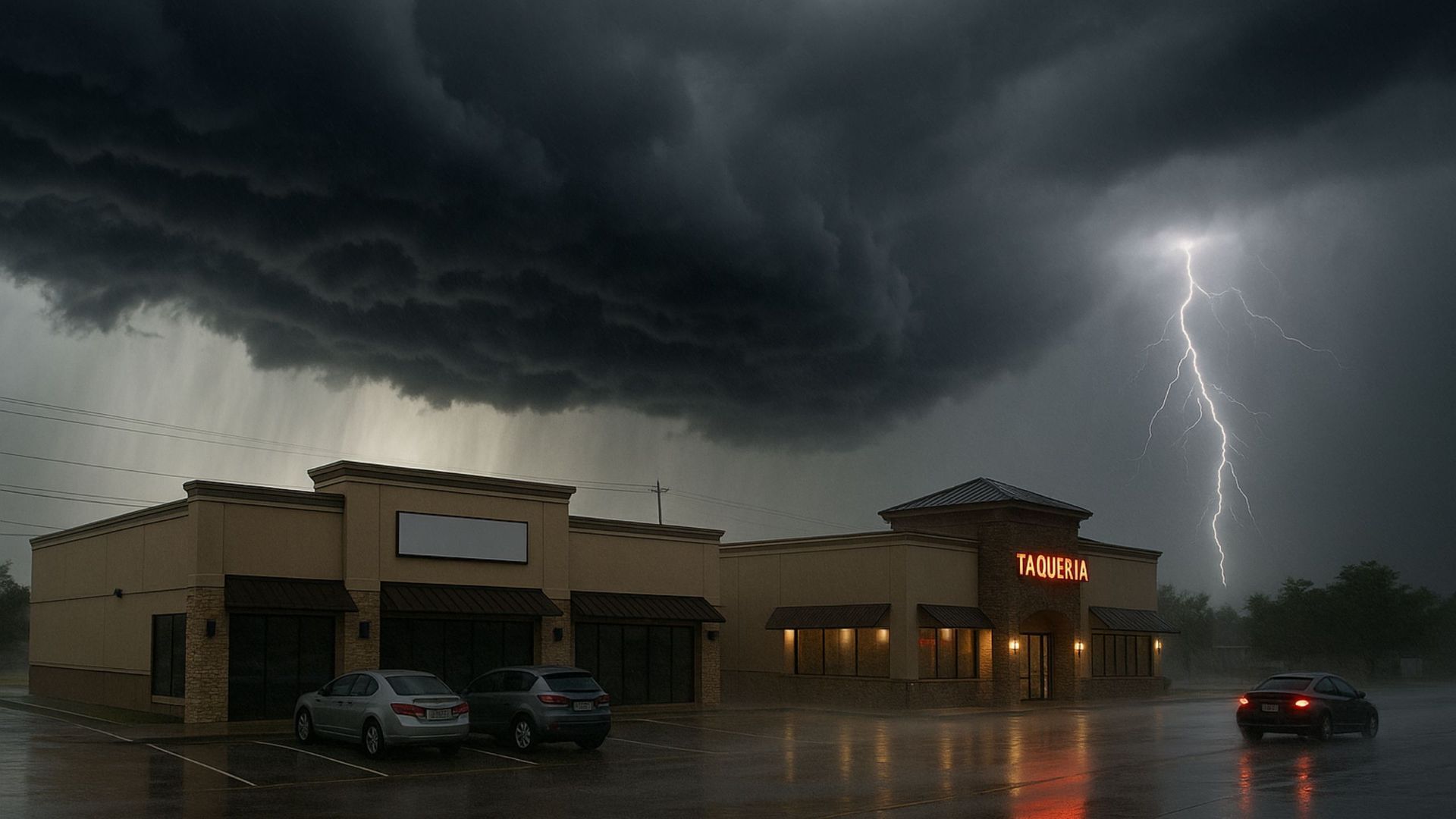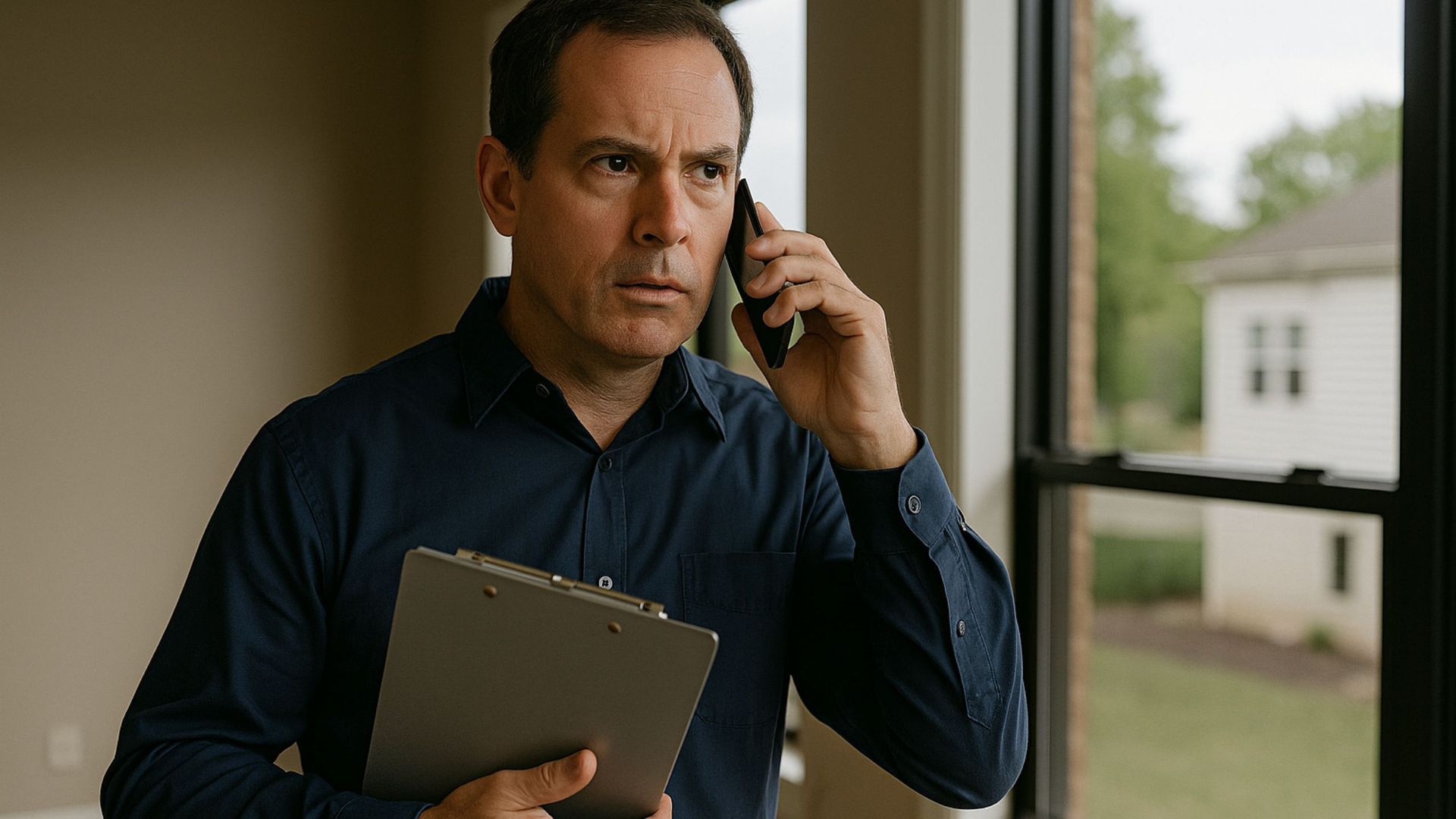Building Inspection Guide in Texas for Structural Integrity
When it comes to construction, ensuring structural integrity is paramount. In Texas, building inspections are very important during construction. They make sure that buildings are safe, follow standards, and stand up for a long time. In this guide, we'll explore the world of building inspections in Texas, from their importance to the specific aspects they cover.

Why Building Inspections Matter
Building inspections are very important in the construction industry and have major objectives:
Safety
The primary concern is the safety of occupants. Inspections ensure that buildings are structurally sound and free from hazards.
Compliance
Building codes and regulations are in place to maintain standards. Inspections verify compliance with these codes.
Quality Control
They function as a quality control system, detecting problems early and preventing them from recurring.
Investment Protection
For property owners, inspections safeguard their investment by ensuring construction meets expectations.

Types of Building Inspections
In Texas, various types of inspections are carried out at different stages of construction:
Foundation Inspection
Foundation inspections are crucial as they lay the groundwork for the entire structure. They assess factors like soil conditions, footing, and reinforcement, ensuring a stable foundation.
Framing Inspection
Framing inspections occur before covering structural components. This includes reviewing beams, columns, and wall framing to ensure they meet design and safety requirements.
Electrical, Plumbing, and Mechanical Inspections
These inspections focus on individual systems within the building. Their job is to make sure that electrical wiring, plumbing, and mechanical systems are up to standard to remain safe and function properly.
Final Inspection
The final inspection is a comprehensive evaluation of the entire structure. It confirms that all aspects of the building meet codes and regulations before occupancy.
The Inspection Process
The building inspection process typically follows these steps:
Request Inspection
Contractors or property owners request inspections when specific construction phases are complete.
Scheduling
The local building department schedules inspections based on the type and stage of construction.
On-Site Inspection
A certified building inspector visits the construction site to assess compliance.
Reporting
Inspectors provide detailed reports, noting any violations or issues that need correction.
Reinspection
If violations are identified, the construction team must rectify them and request a reinspection.

Who Conducts Inspections?
Building inspections in Texas are conducted by certified professionals employed by local building departments or third-party inspection agencies. These experts have in-depth knowledge of building codes and regulations.
Compliance with Texas Building Codes
In Texas, there are special rules for construction, such as houses and buildings. These rules are called the International Building Code (IBC) and the International Residential Code (IRC). Meeting these standards is important because they guarantee the safety of the buildings we construct and ensure that they meet state building codes.
Building inspections in Texas are incredibly important for making sure buildings are safe and strong. Whether you're a builder, a property owner, or someone who will live or work in a building, it's crucial to know why inspections matter.
To keep buildings safe, we follow specific inspection rules and make sure we meet Texas building codes. This helps us create buildings that will last a long time, protecting people and their investments.

🏢 Ready to Ensure Building Safety in Texas? 🏗️
Our Forensic Engineering and Building Consulting Services are here to help! 🛠️
🔍 Request a consultation today to make sure your buildings meet the highest safety standards. Call Us Now!! for a Safer Tomorrow 🏡🌟







